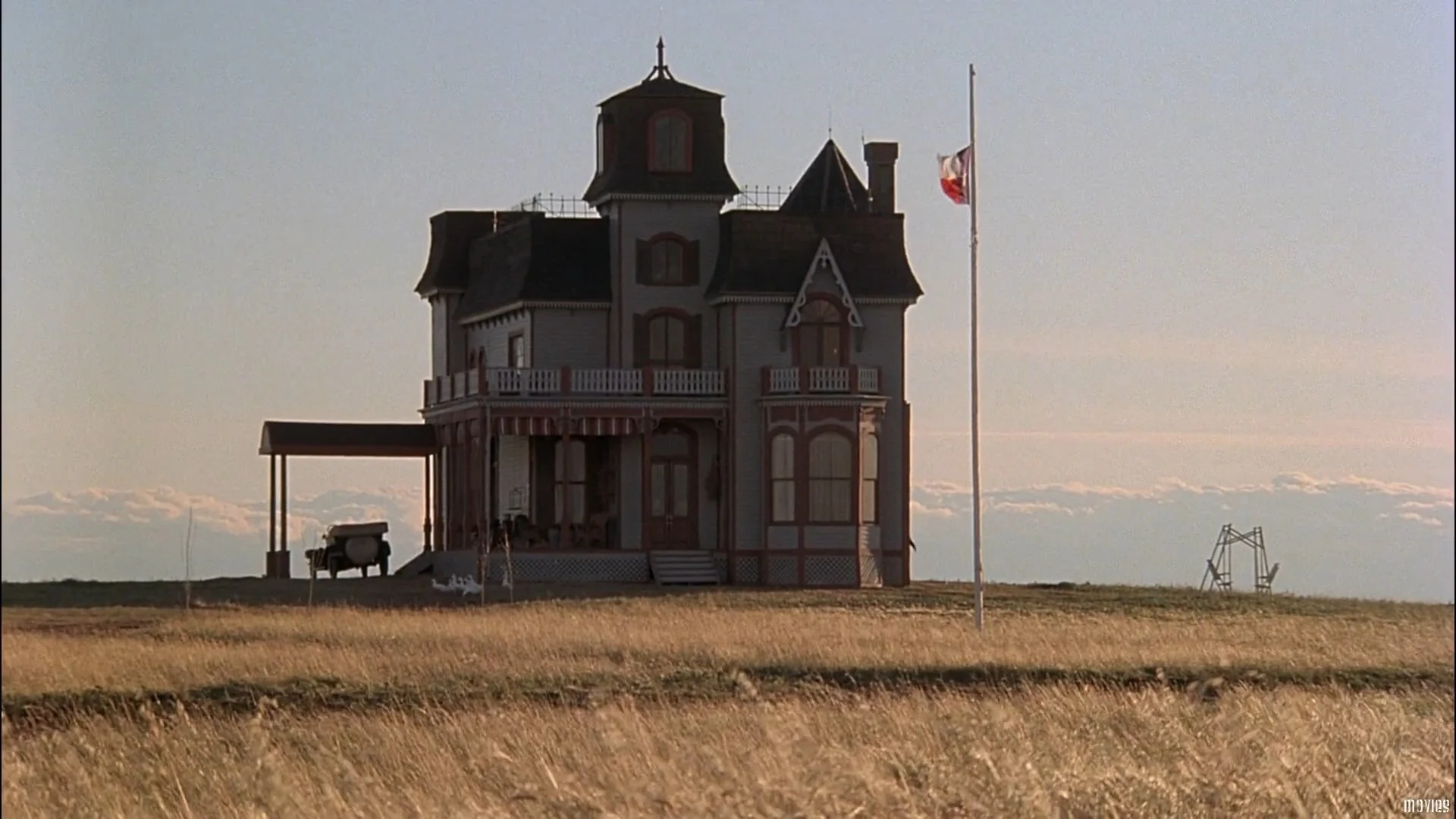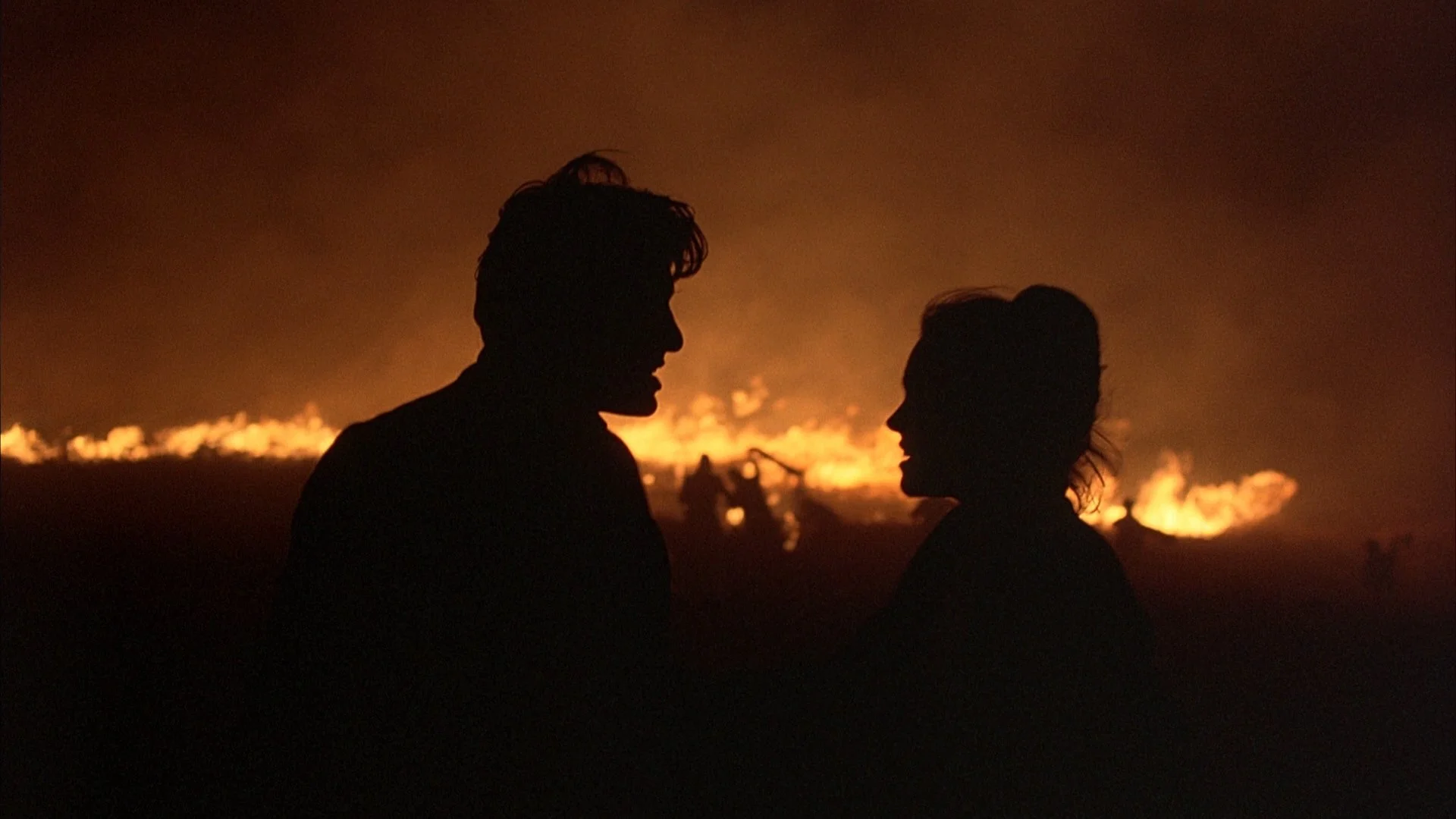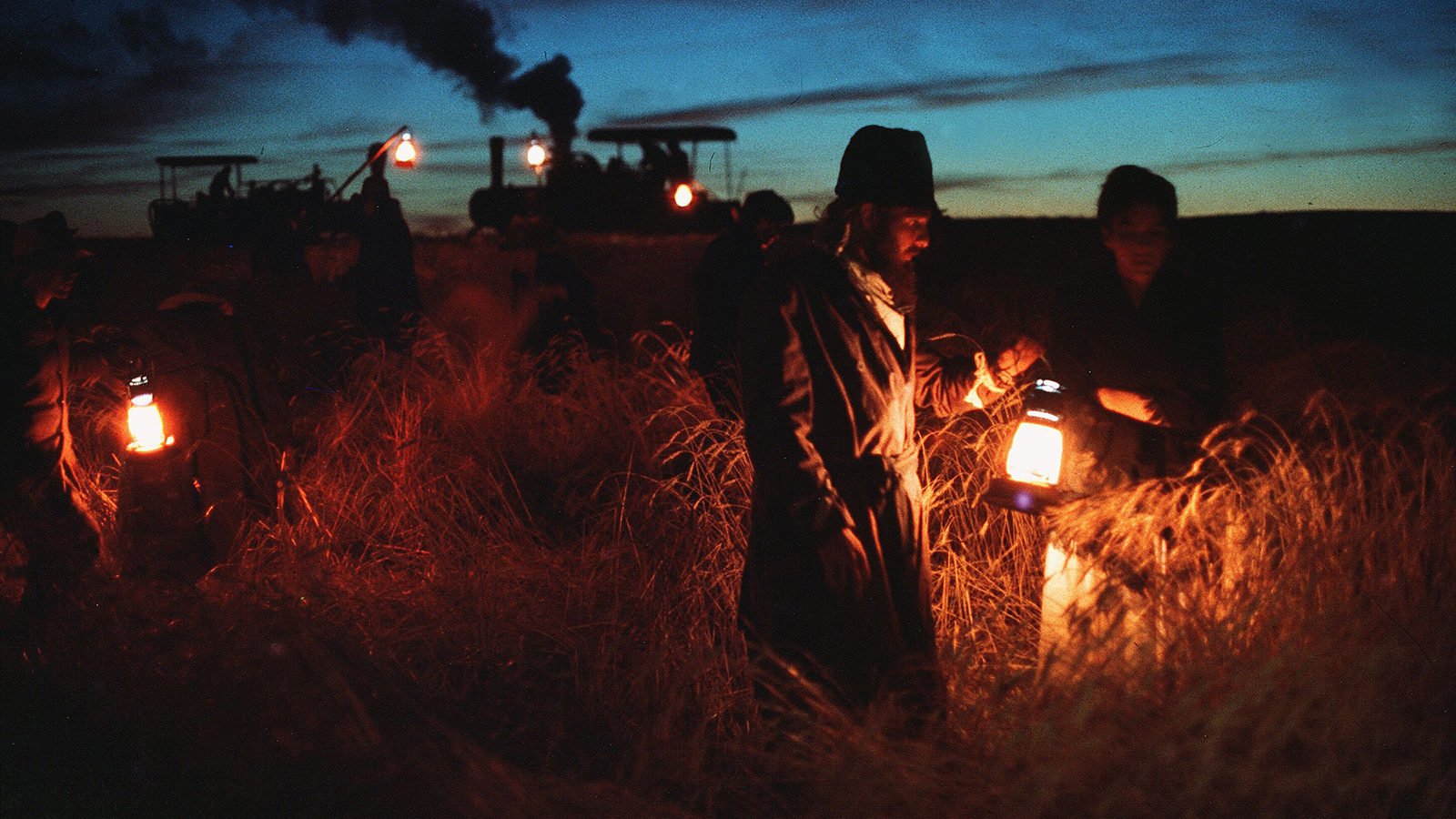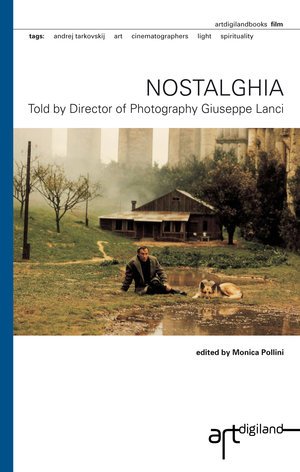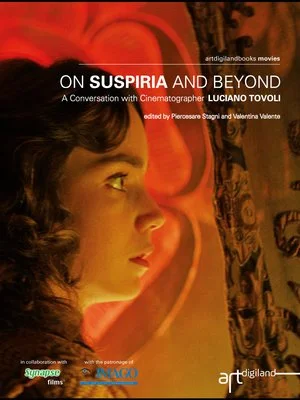Billy Weber is one of the greatest American editors. His collaboration with Terrence Malick stands out in his filmography. One of Weber’s first editing roles was as associate editor Malick’s first feature as a director, Badlands (1973). Subsequently Weber edited Malick's next film Days of Heaven (1978), considered by many to be Malick’s masterpiece. With Malick, Weber will collaborate on other films including The Thin Red Line (1998). In addition to the fundamental collaboration with Malick, Weber has collaborated as an assistant to Taxi Driver (Martin Scorsese, 1976) thus signing films such as The Warriors (directed by Walter Hill, 1979), 48 Hrs. (Walter Hill, 1982), Beverly Hills Cop (Martin Brest, 1984), Top Gun (Tony Scott, 1986), Midnight Run (Martin Brest, 1988), Bulworth (Warren Beatty, 1998). Weber was nominated for the Academy Award for two times: for Top Gun and for The Thin Red Line. He has directed one film, Josh and S.A.M. (1993), that was produced by Martin Brest.
In 1973, right after your first movie Messiah of Evil, you collaborated as an associate editor of Terrence Malick's Badlands. This would obviously mark the beginning of your artistic relationship with Malick.
After Messiah of Evil, I went to work as an assistant editor on a movie called The Candidate, starring Robert Redford and directed by Michael Ritchie. There were two editors on it and one of them, Bob Estrin, asked me if I would be his assistant on a movie he was going to be starting soon. That was Badlands. I said yes and that is how I began on Badlands.
How did you meet Terrence Malick? How did your collaboration start?
I met Terry just before he left to go on location to Colorado to shoot the movie and that was the beginning of our relationship. We got along very well from the beginning. Our personalities just matched up. It was the beginning of a long and loving relationship. We are still close friends and love each other. Now, to days of heaven.
Days of Heaven is a 1978 American romantic period drama film written and directed by Terrence Malick and starring Richard Gere, Brooke Adams, Sam Shepard, and Linda Manz. Set in 1916, it tells the story of Bill and Abby, lovers who travel to the Texas Panhandle to harvest crops for a wealthy farmer. The film did win an Academy Award for Best Cinematography along with three nominations for the score, costume design and sound. Malick also won the Best Director Award at the Cannes Film Festival. How did the preparatory phase of the film go? Is it true that Richard Gere was not the first choice?
Days of Heaven by Terrence Malick. Editing by Billy Weber
Richard Gere was not the first choice. The first choice for the lead role in Days of Heaven was John Travolta. The film was written with him in mind. But, the producer of the TV show that he starred, Welcome back Kotter, had control over Travolta's time during the period that we needed him to shoot, so he wanted him to be available for the show. The schedules didn’t work out for the shooting of the movie so that deal couldn't be made. That is how we ended up casting Gere.
What can you tell me about the opening of the film? Opening in which you have edited vintage photos accompanied by the musical suite of Saint-Saens, The carnival of the animals.
The opening of Days of Heaven [the title sequence], was created with still photos that Terry had always envisioned for the title sequence. He also had wanted to use Carnival of the Animals for a long time. Morricone wasn't thrilled with that but was made aware of it right away and accepted it.
The opening sequence of Days of Heaven by Terrence Malick. Editing by Billy Weber
Did production begin in 1976, exact?
Production did start in late summer of 1976.
What do you remember about the locations of the movie?
About 95% of the movie was shot in Alberta, Canada. The opening steel mill scene was shot in Los Angeles and two or three daytime shots when the farmworkers were running to get equipment to fight off the locusts were shot were shot in Los Angeles. Everything else was shot in Alberta.
What can you tell me about the use of sound in the film? I think it is surprising, I am thinking for example of the sequence of locusts attacking the farm with the consequent fire of the wheat field.
Days of Heaven by Terrence Malick. Editing by Billy Weber
Sound was a major element in the post-production of movie. We were very conscious of the sound for the movie especially because we were using voice-over and that, in a way, brought the sound to the front of the movie more. All elements of the sound were important and carefully done. From the sound of the wind to the music to the dialogue to the tractors. Everything.
Is it true that the editing of the film lasted a year or more?
The editing of the film took about two years.
In the movie, many sequences have little dialogue, as in the case of the wheat fire sequence. What did this aspect mean for the editing?
When we ending up taking most of the dialogue out we had to figure out how to tell the story without dialogue.
Days of Heaven by Terrence Malick. Editing by Billy Weber
What can you tell me about the use of the over voice entrusted to Linda (played by actress Linda Manz)?
The movie was not intended to have voice-over. So as a result, it took much longer to edit the movie. Sixty hours of voice-over was recorded and I think there is about 15 minutes of voice-over in the final film. It changes the rhythm of the film dramatically.
Did you get to visit the set during filming?
I was on location with the film almost the entire shoot. I was on the set on and off while there and was editing the rest of the time.
The cinematography of the film is signed by Nestor Almendros ASC - the undisputed master in the use of natural light - who won the Academy Award. Day of Heaven, among other things, was finished by another legendary cinematographer, Haskell Wexler ASC. What do you remember about them?
Days of Heaven by Terrence Malick. Cinematographers Nestor Almendros and Haskell Wexler
Both Nestor and Haskell were wonderful on the set of the film. I think they would both say that Terry was responsible for the look of the film.
Days of Heaven was pre-CGI. How was the sequence of swarms of locusts shot, rising from the cornfield to the sky?
The swarm of locusts rising from the wheat field was shot by dropping sycamore seeds from a helicopter into the wheat field and loading the camera with the film loaded from tails to heads (or backwards) and the camera allowed us to shoot in reverse so that when the laboratory printed the film normally it came back to us looking like the seeds were rising up out of the wheat to the sky as if the locusts were flying away.
Days of Heaven by Terrence Malick
Which sequence of the film did you like the most, if there is one?
I can't really say which sequence of the film that I liked the most. I was just happy that we were able to finish the film in a way that it felt satisfying to an audience.
As mentioned the soudtrack is signed by Ennio Morricone, one of the greatest composers in the history of cinema. Have you met him?
I never met Morricone. All of the scoring was done in Italy. Only Terry went there.
With Malick you will work again twenty years later for the film The Thin Red Line, then after in others two movies. What can you tell me about your collaboration and his films?
Terry and I speak all of the time and always been in touch ever since Badlands. We have worked together on Badlands, Days of Heaven, The Thin Red Line, The New World, The Tree of Life and he sends me everything else he does so I can see them before he finishes.
What can you tell me about the reputation Malick has earned over the years? Of his being shy and surrounded by an aura of mystery?
Terry doesn't like to give interviews but he is not shy and not mysterious
How is your friendship today?
He is DEAR FRIEND. I love him.
Discover our books
Discover our interviews with directors and cinematographers
Subscribe our newsletter
The Great Beauty: Told by Director of Photography Luca Bigazzi
edited by Alberto Spadafora
preface by Silvia Tarquini
Active Light: Issues of Light in Contemporary Theatre
by Fabrizio Crisafulli
NOSTALGHIA: Told by DOP Giuseppe Lanci
edited by Monica Pollini
On Suspiria and Beyond: A Conversation with Cinematographer Luciano Tovoli
edited by Piercesare Stagni and Valentina Valente
MATERRE VR EXPERIENCE. Cinema Futuro Remoto | Past Future Cinema
edited by / a cura di Bruno Di Marino


